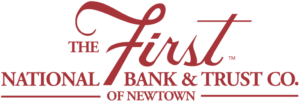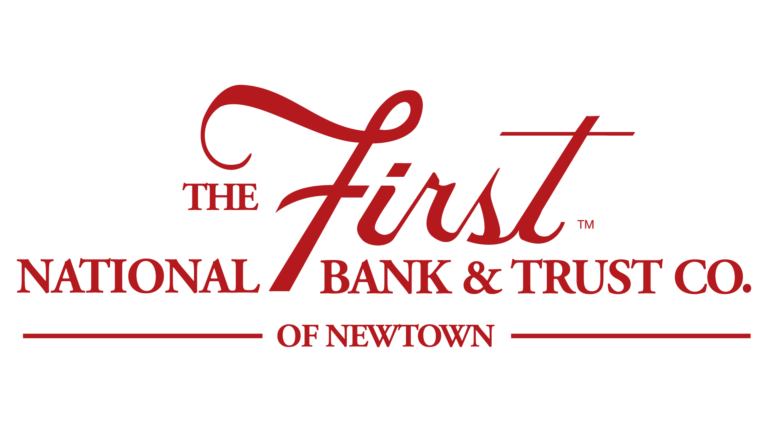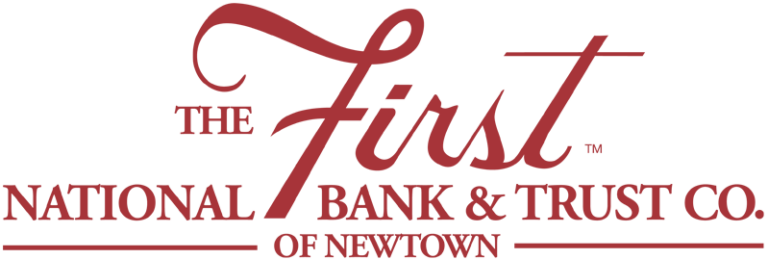What do you see your life looking like in the next 10, 20, or more years? Long-term goals are far off on the horizon, but we still need to save for them now. With the benefit of compounding interest, even a little goes a long way to help you grow your nest egg, child’s college savings account, and more. Everyone has a mix of short- and long-term goals and there is usually a financial component to realizing these goals. In this article, we’ll help you set long-term savings goals and develop a plan to reach them. Getting specific can help you stay on track with long-term savings despite the everyday financial demands in your life.
Determine Your Savings Goals
It’s important to understand your savings goals first. Then, you can craft the right savings strategy to help you achieve them. So, spend some time thinking and listing all your savings goals right now. If you are married or living with a partner, invite them to do this brainstorming with you. You may each have an individual goal or two, as well as joint goals for your life together and family.
For example, common savings goals include:
- Retirement: It’s never too early (or too late) to start setting aside money for your post-work life.
- Purchasing a home: Are you an aspiring first-time home buyer? You’ll need to save for a down payment and other expenses associated with buying a home.
- Paying for a wedding: Newly engaged? Congratulations! You may need to save for some or all of your wedding costs, depending on whether or not family help is available.
- Children’s education: Saving for college will reduce your family’s reliance on student loans when the time comes.
- World Travel: Always wanted to visit a certain country or continent? Plane tickets, hotel rooms, and other travel expenses can add up.
- Starting a business: If you have a great business idea or are interested in purchasing a franchise location, you’ll want to start your entrepreneurial journey with a cash cushion.
- Emergency fund: Everyone should have at least three months’ of living expenses saved for unexpected events such as job loss, a health emergency, and more.
Why list your savings goals at all? The more you can tie the sacrifices you make (i.e. not eating out as often) to save money to a specific goal, the more likely you are to follow through with saving money.
Use S.M.A.R.T. Goals for Savings
Once you have your list of savings goals, the next step is figuring out how to execute on these goals. The S.M.A.R.T. criteria can be broken down as follows:
- Specific: What are you saving for and how much do you need to save? While it’s not always possible to compute the exact amount needed, you can at least have a close estimate. For example, the median home listing price in Bucks County is currently $559,000 (estimate by Realtor.com) . So, you could set a goal to save $111,800 for a 20% down payment on your first home.
- Measurable: Are you able to rigorously keep track of your saving and spending? If you don’t already have a budget, now is the time to create one.
- Achievable: Is it realistic for you to allocate the amount of money you need to in your budget in order to reach your long-term savings goals?
- Relevant: Do your savings plans support your broader life goals?
- Timebound: When do you need to have the money in the bank? Some savings goals will have an exact calendar date attached to them, whereas others can be more flexible to fit your budget.
Using the S.M.A.R.T. Goals criteria will keep you focused on your savings goals and provide a framework for actually meeting them.
Find Ways to Automate Your Savings
Sometimes it’s difficult to remember to save, or to prioritize putting a part of your paycheck away for the long-term. The easiest solution? Cut the middle-man–in this case, you–out of the equation by opting into the direct-deposit options and benefits accounts your employer makes available to you. For example:
- Ask your employer to deposit a certain amount of your paycheck into a savings account, separate from your checking account. You can also set up recurring auto transfers between your checking and savings
- If available, sign up for your employer’s Health Savings Account (HSA) option. These accounts allow for tax-deferred savings that you can keep for retirement or spend on current medical and dental expenses. Employees can protect thousands of dollars worth of their pay from taxation every year through HSA accounts
- 401(k)s are a great way to earn additional savings from your paycheck. You can use a 401(k) to pay for retirement, down payments on a mortgage, and other long-term savings goals. Most employers offer a 401(k) match, which is an additional incentive to squirrel away a percentage of your paycheck for safekeeping.
- If you don’t have access to an employer-sponsored retirement plan, consider opening an Individual Retirement Account (IRA).
Consider Investing
Investing in the stock market involves risk, as investment assets are not guaranteed to hold their value. In times like these, many are understandably concerned about exposing their wealth to turbulent markets. However, it helps to think of investing as a long game and to choose a level of risk you’re comfortable with.
When you look at the S&P 500, a benchmark of the overall stock market’s performance, the historic annualized rate of return is around 10%. This is why investing is hard to beat as a way to get a good return on your savings. It’s also why investment accounts are best for long-term savings goals, such as retirement income, as opposed to savings accounts you may need to touch in the short term, such as and emergency fund.
You can mitigate risk by evaluating what kind of investment funds or vehicles to use. For example, high-yield investment funds are typically more volatile but offer higher payouts, while lower-yield investment funds are typically safer over the long-term but offer smaller returns.
Want to get started with investing but you don’t know how or just want professional guidance? FNBN offers Investment Management Services and a team of professional wealth managers who can work with you to evaluate your options and manage the risks ahead.
Open a Certificate of Deposit (CD) Account
If you’re unwilling to expose your savings to the risks of investing, consider opening a CD account instead. CD accounts carry a higher interest rate than standard savings accounts in exchange for a commitment to a certain term. CD account owners agree to keep their money in the account for a set period of time from 3 months to 5 years. If the account owner chooses to withdraw their funds from the account before the term ends, they are subject to penalties but can still access cash in the account if they need it.
The built-in timeframe associated with CD accounts makes them a convenient tool to integrate into your savings strategy, since you know exactly how long you must keep your money in the account before accessing it. This allows you to easily plan how to use the money once it is available. It also eliminates the temptation to spend that money on other things.
The First can help you reach your long-term savings goals!
What makes us the perfect partner for long-term savings? The First is the most established bank in Bucks County and we are committed to independence. That means your savings will stay with us over the long run–no need to worry about mergers, name changes, or the closure of your nearby branch. Are savings accounts good for long-term goals? Absolutely–different types of accounts will be best for different goals. Browse our savings account options for long-term goals and easily open an account online.



